

COVID-19 case numbers are trending up in the U.S. once more, with nearly all new infections driven by the growth of the Omicron subvariant BA.2.
At the same time, the U.S. hasn’t yet seen a dramatic rise in cases, and COVID-19 hospitalizations and deaths are still at low levels. Public health officials are watching the numbers to determine what could happen next.
“We are certainly seeing the beginning of a surge in new infections,” Anthony Fauci, MD, director of the National Institute of Allergy and Infectious Diseases, told CNN.
In an ideal scenario, he said, the U.S. would reach transmission rates that are “low enough” to not disrupt “our daily economic, workplace and social lives.” Until then, Americans have to be prepared to take precautions and calculate their own risks.
“It depends on how high we go up in the surge, and it depends on whether the surge is associated with an increase in severe disease,” he said. “I can’t say where we are right now because we’re transitioning.”
BA.2 accounted for 86% of new COVID-19 cases last week, according to the latest CDC update. About 34,000 cases are being reported each day, according to the national data tracker for The New York Times, which marks a 22% increase during the past two weeks.
Even still, the case numbers are some of the lowest since July 2021. This week’s jump in cases could be related to a two-week backlog in Florida, CNN reported. In addition, hospitalizations and deaths are still declining, with about 15,000 COVID-19 patients hospitalized nationwide and about 500 deaths being reported each day.
At the state level, cases are increasing in 25 states, falling in 16 states and steady in nine states, CNN reported. Cases are rising most in the Northeast, where BA.2 makes up more than 90% of cases.
Philadelphia became the first major city to announce that it would reinstate indoor mask requirements. Cases increased 50% in 10 days, which surpassed the city’s limit for reimposing mask mandates.
Several universities have also reinstated indoor masking, CNN reported, including American University, Georgetown University, George Washington University and Johns Hopkins University.
“I suspect that this wave will be smaller than the one we saw in January,” Cheryl Bettigole, MD, the public health commissioner of Philadelphia, said Monday during a news briefing.
“But if we wait to find out and to put our masks back on, we’ll have lost our chance to stop the wave,” she added.
The global tally of COVID-19 cases surpassed 500 million, according to UPI, increasing from 300 million in early January to 400 million in early February to half a billion this week.
Worldwide spread appears to be slowing, with the number of daily cases about 37% lower than two weeks ago, according to the global data tracker from The New York Times. Fewer than 1 million cases are being reported each day, down from 2 million daily cases about a month ago.
In addition, the global number of COVID-19 deaths is about 31% lower than two weeks ago, with an average of 3,300 deaths being reported each day.
more recommended stories
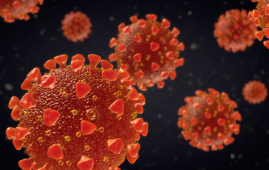 Study Reveals Cold May Impact SARS-CoV-2 Infection Rates
Study Reveals Cold May Impact SARS-CoV-2 Infection RatesThe Unexpected Protective Role of Rhinoviruses.
 Heart, Lung, & Brain Risks Persist in COVID-19 Survivors
Heart, Lung, & Brain Risks Persist in COVID-19 SurvivorsA French nationwide study reveals that.
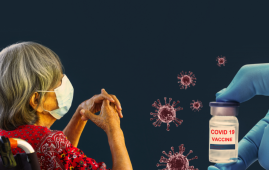 How COVID-19 and Vaccines Differ in Heart Inflammation
How COVID-19 and Vaccines Differ in Heart InflammationA team of international researchers led.
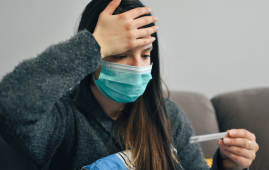 Long COVID: Extended Paxlovid Treatment Offers Hope
Long COVID: Extended Paxlovid Treatment Offers HopeA new case series by UC.
 RSV Vaccine Response in Immunocompromised Adults
RSV Vaccine Response in Immunocompromised AdultsAccording to Johns Hopkins Medicine researchers,.
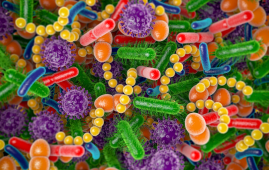 Gut Microbiome Predicts Long COVID Risk
Gut Microbiome Predicts Long COVID RiskIn a recent pre-print study published.
 COVID-19 & Autoimmune Care Hope: Natural Proteins
COVID-19 & Autoimmune Care Hope: Natural ProteinsRecent research at Umeå University reveals.
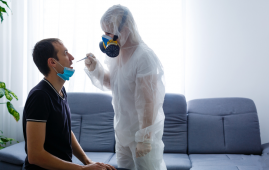 FasL Inhibitor Asunercept Speeds COVID-19 Recovery
FasL Inhibitor Asunercept Speeds COVID-19 RecoveryA new clinical trial demonstrates that.
 Impact of COVID-19 mRNA Vaccine on Myocardial Scarring
Impact of COVID-19 mRNA Vaccine on Myocardial ScarringA new study found a greater.
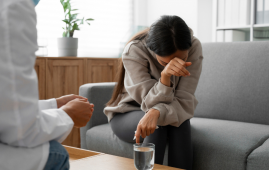 Long-term Cognitive and Psychiatric Issues in COVID-19 Survivors
Long-term Cognitive and Psychiatric Issues in COVID-19 SurvivorsA new study published in The.

Leave a Comment